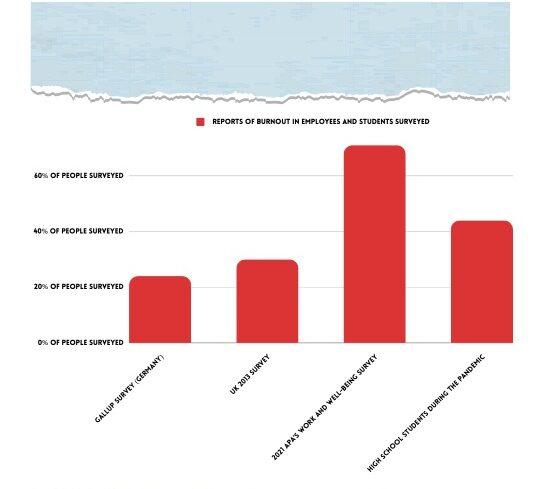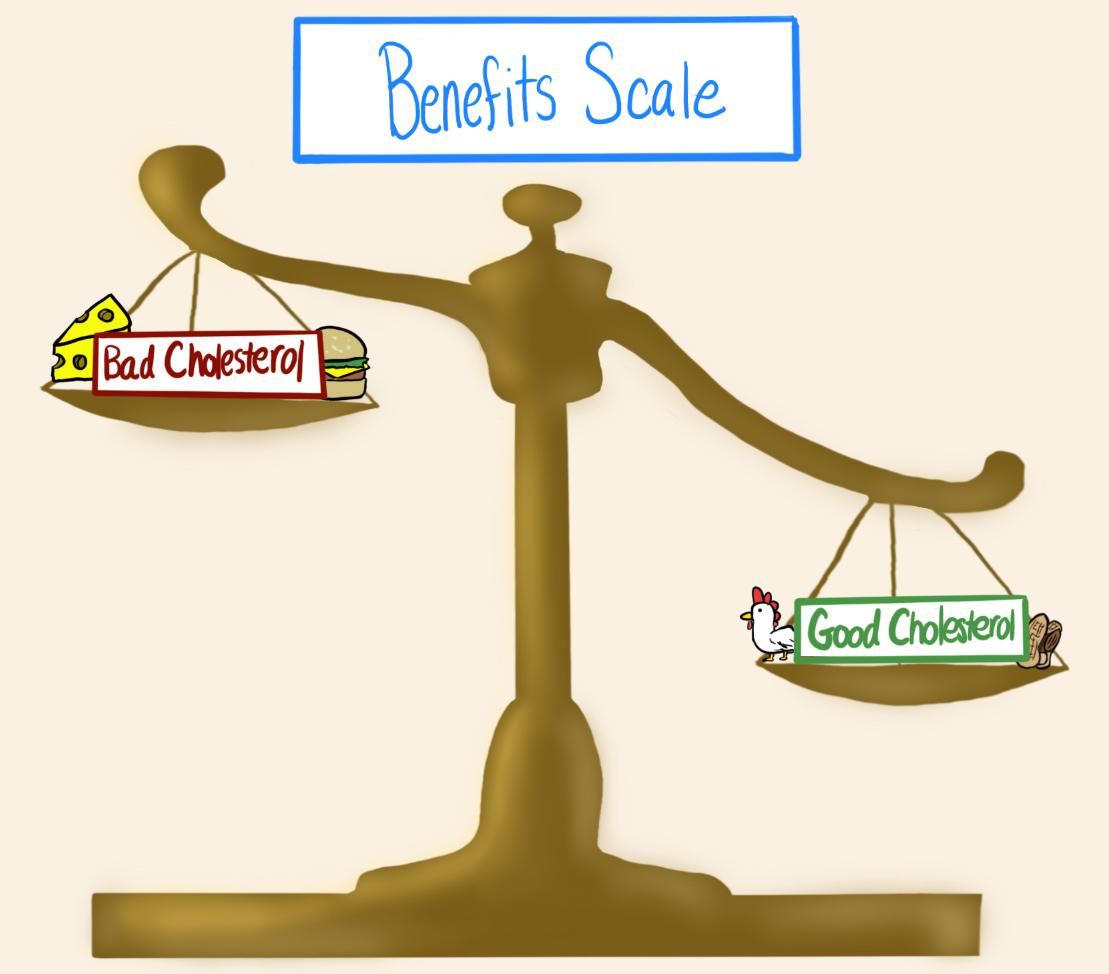A genome is a cell’s set of genetic instructions. It is made up of DNA, which contains a chemical code. The function of the code? To provide an organism with the information to help it grow and develop, repair its cells and tissues. For years, drafts of the human genome have been partially completed, providing researchers with information about human origins, emerging health risks, and differences in genetics among humans. For the first time; however, a single human genome has been fully completed by the researchers at the Human Genome Project, unveiling a breadth of new information regarding human health and evolution.

The human genome is like a book. It contains its pages, the DNA; the chromosomes, words on the page; and the punctuation, the chemical code. The chemical code in DNA is made up of four bases: adenine, cytosine, guanine, and thymine; otherwise known as A, C, G, and T, respectively. Chromosomes, which are singular strands of DNA, are paired and twisted into the iconic helix shape. They are bonded via the four bases in various sequences (although, A can only bond with T, and C can only bond with G). The differences in these sequences result in different instructions for how a cell will perform its job. A normal human genome should contain 23 pairs of chromosomes with a few small ones in the cell’s mitochondria.
Using a technique called DNA sequencing, scientists can determine the sequences of bases in DNA, allowing them to figure out how that certain cell uses the genetic info to make proteins. They “untangle” the parts of DNA where bases repeat, also known as Telomeres, and decode those bases. The biggest finding of the completion of a genome revealed new information about human centromeres, which are the parts of chromosomes that create the “X” shape. In addition, centromeres house the kinetochores, which separate DNA evenly in cell division. If centromeres don’t do their job correctly, a lot of serious medical problems can occur, such as cancer, birth defects, or even death.
The new information found from completing this human genome will allow scientists to advance the development of disease diagnosis and treatment technologies. This is only one out of many types of genomes. Research on various other genomes and even animal genomes still need to be conducted to expand the libraries of health and evolution sciences. The human genome that has been recently completed could be considered fake because it was created from a mix of various human DNA. No one on earth has this genome, but it does provide researchers with a reference genome that will allow them to see which discrepancies between genomes in different people cause diseases. The new developments in genome research create a hopeful future for health sciences, and it provides the scientific community new means of furthering knowledge on diseases and evolution.
Works Cited:
Bates, Sarah A., M.S. “DEOXYRIBONUCLEIC ACID (DNA).” DEOXYRIBONUCLEIC ACID (DNA), National Human Genome Research Institute, 26 May 2022, www.genome.gov/genetics-glossary/Deoxyribonucleic-Acid. Accessed 27 May 2022.
“DNA SEQUENCING.” DNA SEQUENCING, National Human Genome Research Institute, www.genome.gov/genetics-glossary/DNA-Sequencing. Accessed 27 May 2022.
Fridovich-Keil, Judith L. “Human Genome.” Human Genome, Britannica, www.britannica.com/science/human-genome. Accessed 27 May 2022.
“GENOME.” GENOME, National Human Genome Research Institute, www.genome.gov/genetics-glossary/Genome. Accessed 27 May 2022.
Saey, Tina Hesman. “We finally have a fully complete human genome.” We finally have a fully complete human genome, Science News, www.sciencenews.org/article/human-genome-complete-dna-genetics. Accessed 27 May 2022.
Sen, Shurjo K. “RIBONUCLEIC ACID (RNA).” RIBONUCLEIC ACID (RNA), National Human Genome Research Institute, www.genome.gov/genetics-glossary/RNA-Ribonucleic-Acid. Accessed 27 May 2022.
Smith, Mike. “POLYMERASE CHAIN REACTION (PCR).” POLYMERASE CHAIN REACTION (PCR), National Human Genome Research Institute, www.genome.gov/genetics-glossary/Polymerase-Chain-Reaction. Accessed 27 May 2022.
“What is a genome?” What is a genome?, YG, www.yourgenome.org/facts/what-is-a-genome. Accessed 27 May 2022.
“What was the Human Genome Project for?” What was the Human Genome Project for?, YG, www.yourgenome.org/stories/what-was-the-human-genome-project-for. Accessed 27 May 2022.











